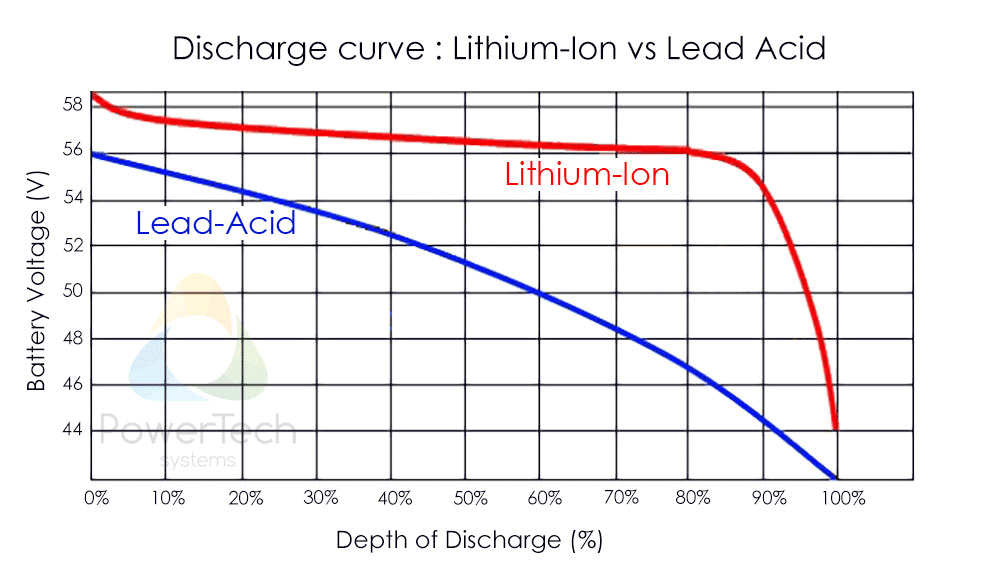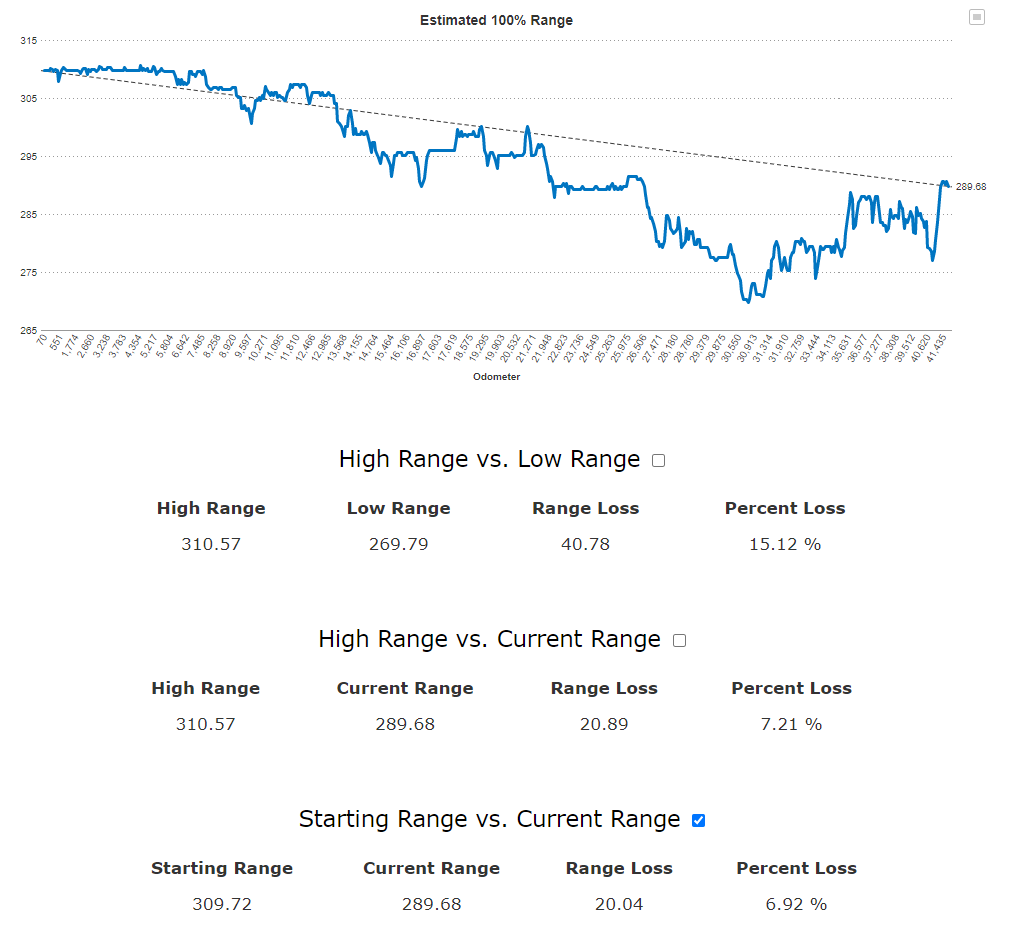Ok, neat. Really hard to tell, but it
looks like those 4 are in parallel (the vias seem to also bridge over the pads). If so, 39.5 Ohm. The larger picture shows it's one of these banks per group of parallel cells I believe. They also
seem to have transistors (Q6, Q5, etc.) that are probably switching the balancing resistors on/off, basically. Of course, that's a wild guess, but likely not
too far from the truth.
I wish we had pictures of the backside of the Model 3 BMS. I'm pretty certain the balancing isn't happening on the front side of the board that we have pictures of (I can't see anything that would serve this role).
I should've seen this response coming and given more detail haha. It's "seeing" just about everything it can still, just driven less on a daily basis (it still goes on day trips too).
I only disagree that the car gets to decide what to do, and to be fair I disagree with both Elon's wording and the wording of the owner's manual on the subject. The car doesn't get to decide
anything about the SoC.
I, the owner, set that. I even set what time it charges! It can technically modify things within those constraints (e.g. cap my max voltage permanently), but those are outliers and haven't been observed in the wild so far for Model 3.
The main benefit to keeping it plugged in is simply to avoid a case where the battery may accidentally discharge more than expected.
Absolutely! There
are cases like this for the Model 3 on these forums, where the battery is clearly physically faulty in some way and
that is the limiter on capacity. Unfortunately there's just no easy well to tell this via the car itself, as it appears the same: reduced range.
I linked to a similar photo in the part you quoted

(links aren't super clear on these forums, are they?)
The Model 3 BMS boards sort of just sit on top of the modules.
But anyways, congrats, you've discovered "active balancing"! This actually exists, with different ways to accomplish it. Basically, tying a higher group of cells to a lower one temporarily: using the energy of the "too high" cells to raise the energy of the "too low" cells.
It's a less wasteful approach, but on average balancing energy is not a significant portion of standby energy usage (at least, not in a Tesla where there are
so many other ways it wastes energy).
Ah, ok. Since it was coming from Tesla service folks, I had assumed "vampire drain" would include all user-observable drain since they field those concerns.
I was definitely presenting the impossibility of the claims as-is. I
know the ~60W number is due to various other reasons (the car being routinely "awake" is the actual primary factor, in which many other things use far more power). So yeah, my calculations
shouldn't reflect reality - they were to demonstrate that the appearance of the claim cannot be true.
It looks to me like they're in parallel, so 39.5 Ohm, implying 0.4W dissipation (~100mA). This appears to be much more reasonable. There's also nearby transistors (labelled Q) that are
probably (dis)engaging those balance resistors. That is, they are
not engaged full time, but engaged as necessary and individually (each group of components seems to go to a different group of cells in parallel).
I can't find the post anymore (sorry!), but someone rightly pointed out that when being switched on/off anyways, the resistor value only serves to change the amount of time needed to balance,
but the same amount of energy will be used since dealing with a certain amount of imbalance via discharge requires removing a certain amount of energy. One reason to increase the resistance could be to give a more accurate reading while balancing though, as less current would lead to less voltage sag (we're talking tiny amounts though, not sure this is a problem in reality at these values).
I strongly suspect this is confirmation bias, but read on.
I fully believe there was something else goofed up with your case. In fact, though I've been avoiding the topic,
I think your pack is (only) the second case I've read on that it appears balancing may have been the result of your range recovery.
Our
current understanding of balancing outside of this thread is that the battery needs to be at rest and above approximately 73% (I'll have a thread on this later today). You appear to have been consistently using Sentry mode, which would mostly not allow balancing (or at least decrease the total time it can spend balancing).
So in my mind, the BMS was actually being very good at energy estimation. It was probably accounting for your (lightly) imbalanced pack. When given the opportunity to balance (you stopped using Sentry, etc.), it then correctly reported you can extract more energy before it needs to cut off the supply.
The finding is significant
for that reason. It shows a case where doing "the bad thing" (e.g. Sentry 24/7 in an extreme case) could lead to reduced range, but also have that "lost range" be recoverable. Again, it's something we
knew about, but it just doesn't
matter to many people. Most people's charging habits and battery health will result in well-balanced packs, by design.
This is just one of many oversights and side effects, IMO, regarding flashy features like Sentry Mode.
I guess it's just easier to keep the numbers going eh?
- I will still state that balancing and calibration are separate concerns. But it can only balance after charging is done, and balancing itself is a bit of a slow process.
- I pointed out "stranding" because you have the burden of a stickied post in which you implied a recommendation by stating what worked for you. The internet sucks, doesn't it?
 Suddenly you're on the hook for everyone's personal cases without even having given context to your own.
Suddenly you're on the hook for everyone's personal cases without even having given context to your own.
- See previous chunk of my post. You probably ended up balancing it (and thus increased extractable energy), not necessarily made it more accurate. Significant yes, but potentially not the cause you are thinking.
- I will very strongly disagree here, elaborating below. Even the official app (but not car) gets this wrong!
The third-party tools use the Tesla API data which, yes, is the very same data you see in the app (and thus in the car as well to some extent). There are higher inaccuracies at lower states of charge - you cannot assume the "absolute error" for range at a lower SoC is the same at higher SoC.
Let's take my car's data,
right now, from the API. In-app it's displaying 262km of range, which is about 162.8mi, thus the 162.85 below.
'battery_level': 55,
'battery_range': 162.85,
'est_battery_range': 236.2,
'ideal_battery_range': 162.85,
'usable_battery_level': 55,
There are a few very important things to note here:
- Any representation of percentage is rounded. This is the primary source of error. At 20%, this could be either 19.5% or 20.49%. Since you divide by this to estimate range at max, this introduces huge variance at lower percentages (note how at 1%, it ranges from 0.5% to 1.49% - that's a 50% swing, showing where this increased variance comes from).
- I have no idea what "est_battery_range" is. Assuming it's miles that's ~380km, far too low for representing the 100% state and far too high for its current state. Assuming it's somehow in km, it doesn't jive with anything else.
- The numbers the apps use are the temperature-varying ones. For tracking actual battery health, this is unfair. Lower capacity is reported in cold, though this is not an actual indicator of degraded battery health.
So let's do the math these services would do. Take the current range (162.85) and divide by the percentage (0.55). That comes out to 296.1mi, or
476.5km. Also, in the app, if I drag the slider to 100%, reports that my 100% range is also about 476km, because it's doing the exact same calculation on the exact same data. So far so good, right?
Now recall the issue I mentioned with rounded numbers. I happen to know via the CAN bus that the actual SoC right now is 54.5%. If I use that instead, I get about
481km (and this is pretty much the actual 100% range of my car right now). But had it actually been 55.49% (and still reported "55"), that would falsely indicate
472km. That's already a
9km (5.6mi) spread.
At lower SoC, it gets even worse. Say at 10%, it was reporting 48.10km. But that "10" could be 9.5 or 10.499, which would indicate 100% ranges of 506km and 458km respectively. That is now a ridiculous
48km (~30mi) spread.
In other words, that's 10% of the max range.
100% range estimates are estimates, whether it's a third-party service or the Tesla app,
and their accuracy is worse at lower SoC.
Now, that is not to say the current range number in the car is inaccurate. That one is a pretty dang accurate representation of the current energy in the pack. The error is introduced when using a rounded, low significant digit percentage to
estimate the 100% capacity.
These services have their place and can provide value, but the recommendation to throw away data for <90% SoC (if the service allows this) is absolutely warranted. Anything much below that has too much error for discussion on single-digit percentage degradations.
I'm getting winded with this at this point (I have a post coming I can finally just link to), but balancing is
probably occurring at 73% and above. There is absolutely no need to charge to 90% on Model 3. I'd also point out that the only thing the Roadster and the Model 3 really have in common is that they are electric vehicles -
everything is different otherwise.
Thanks, I really try. It's exhausting if I'm honest. For every factual post, there are 10 other more popular posts with varying amounts of fact (not saying this thread specifically!). I guess I've just learned to try to explain, even if it's an information overload.
The main (only?) benefit to keeping your car plugged in is to not be surprised with a lower-than-expected state of charge (of which there could be numerous causes, including not fully closing your door and thus keeping the climate control on for a while).
The other dubious but related benefit is blissful ignorance of how much energy the car uses in standby!
It's not related to temperature
management at all, just pressure changes (which come about via elevation and temperature changes, yes). Basically it seems like their thresholds were too high and would allow a sheet to flex and pop out/in, but this isn't actually hurting anything. It was just too good at keeping the same air in the battery

Others answered the 100% thing, but yes, distance display is the only way the car itself can show you actual remaining capacity. Especially on newer vehicles, this is actually a pretty accurate lens into the actual capacity of the battery.
Heh, thanks. Unfortunately my information isn't delivered with any sort of virality or fantastic claims. Too often my posts are depressing for fans, if more realistic.
Everyone wants to know how they can "gain range", which is why this thread got stickied. If I made such a post, it would be about how you would "maybe 'gain' some range, maybe 'lose' some range, but actually nothing changes". It just doesn't got the same
oomph, y'know? Most of what I said only needs to be brought up in the context of incorrect information, which is a hard thing to create from scratch.




